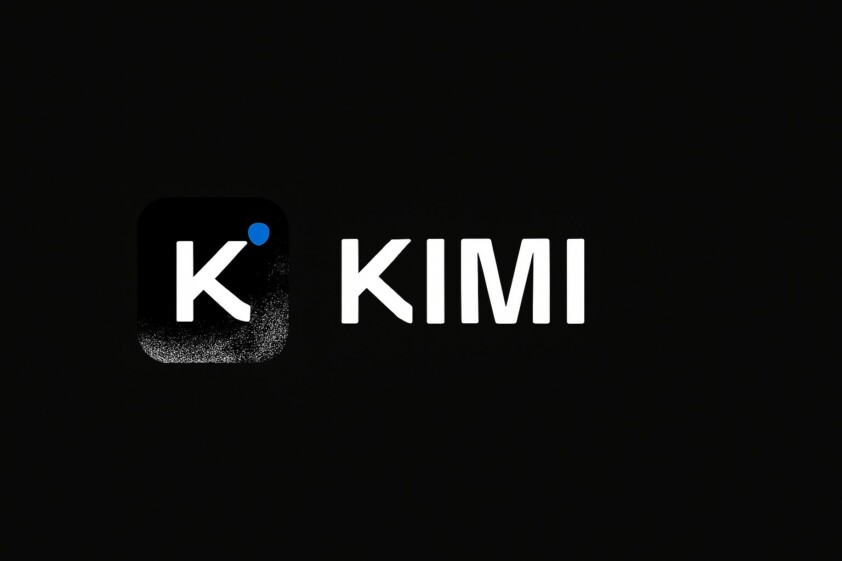Ireland’s BowelScreen has joined the EU-backed Microb-AI-ome project with Viatel to enhance AI-driven colorectal cancer screening. The initiative aims to enhance early detection, improve patient outcomes, and reduce unnecessary colonoscopies across Europe.
Bowel cancer remains the second leading cause of cancer deaths in Europe, with over 360,000 new cases and 161,000 deaths reported in 2022.
The project uses AI to analyse gut microbiome data from participants’ stool samples. Three Irish research hospitals are enrolling patients, while Viatel has developed a secure, cloud-based data management platform using Microsoft Azure.
The system anonymises sensitive information, ensuring full compliance with GDPR and Irish legislation, while enabling AI to process vast datasets to identify cancer risks accurately.
BowelScreen’s Pádraic Mac Mathúna says AI can analyse millions of data points to assess individual cancer risk. Viatel’s James Finglas calls the platform ‘game-changing,’ noting its ability to pinpoint patients needing colonoscopies and improve population screening.
The project demonstrates how AI can be applied meaningfully in healthcare, supporting earlier detection and better patient outcomes.
Would you like to learn more about AI, tech and digital diplomacy? If so, ask our Diplo chatbot!










